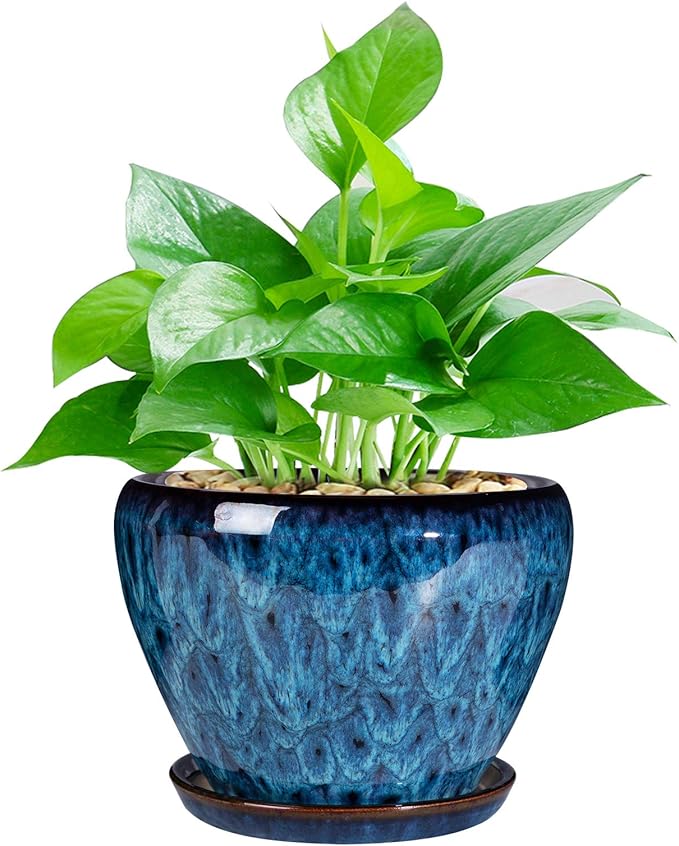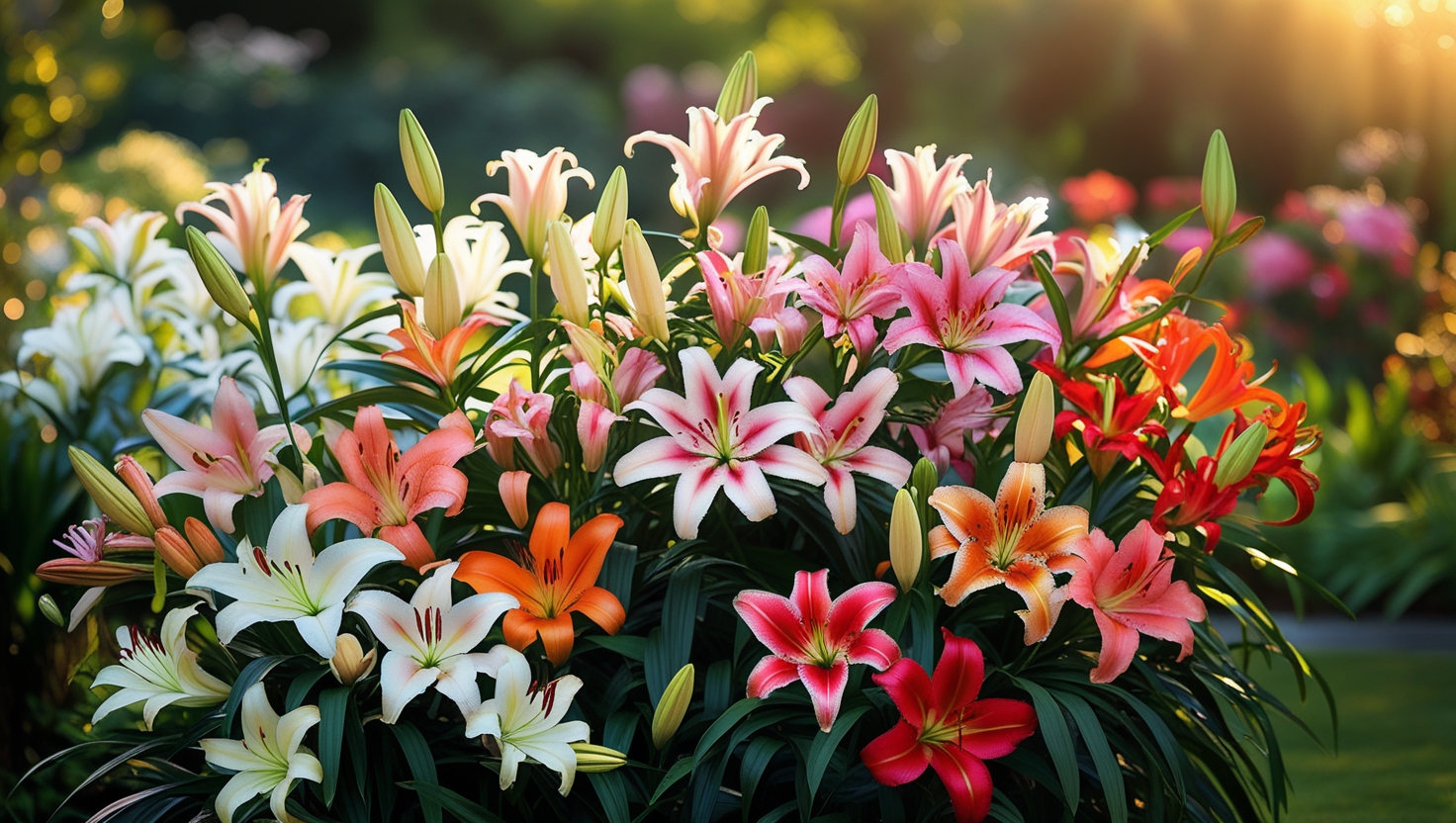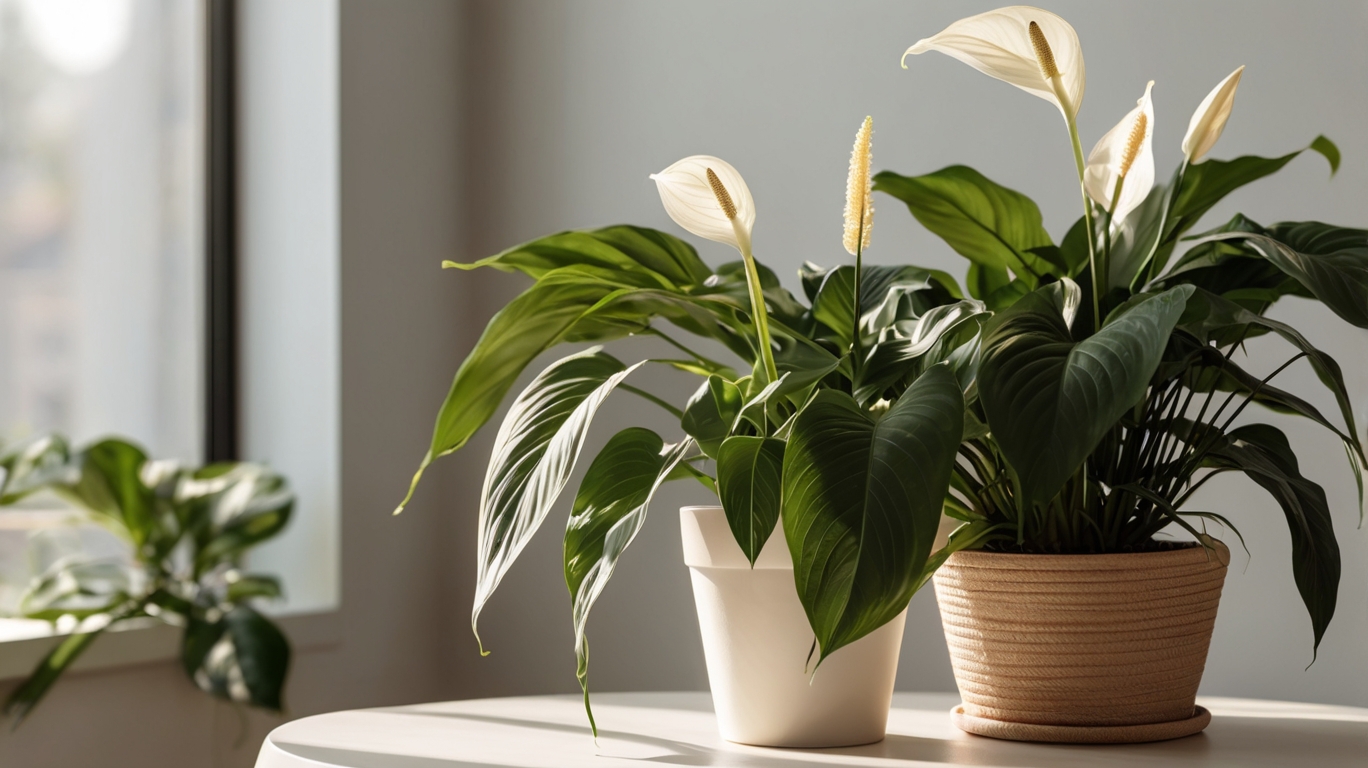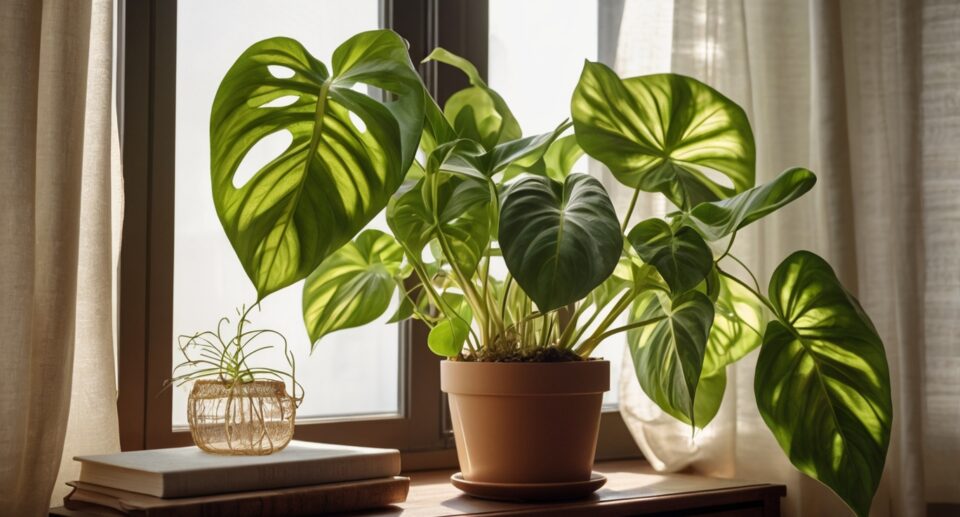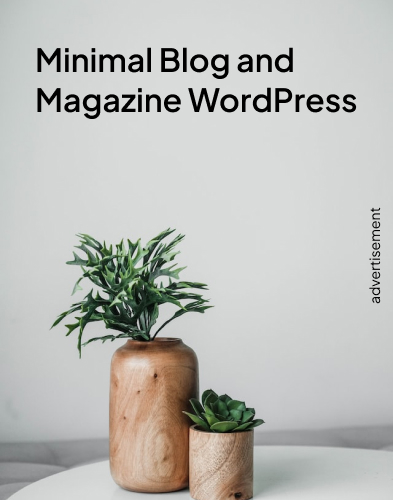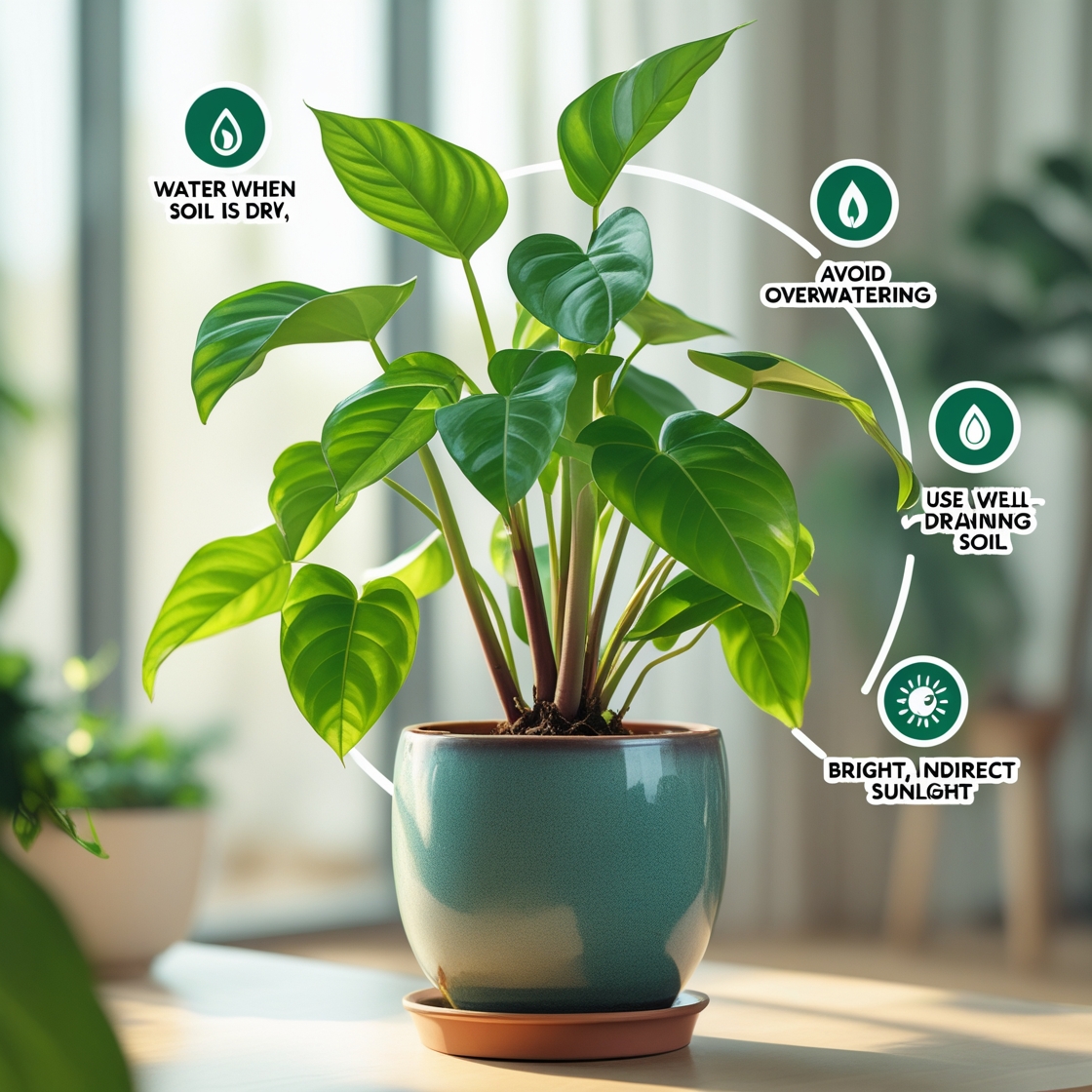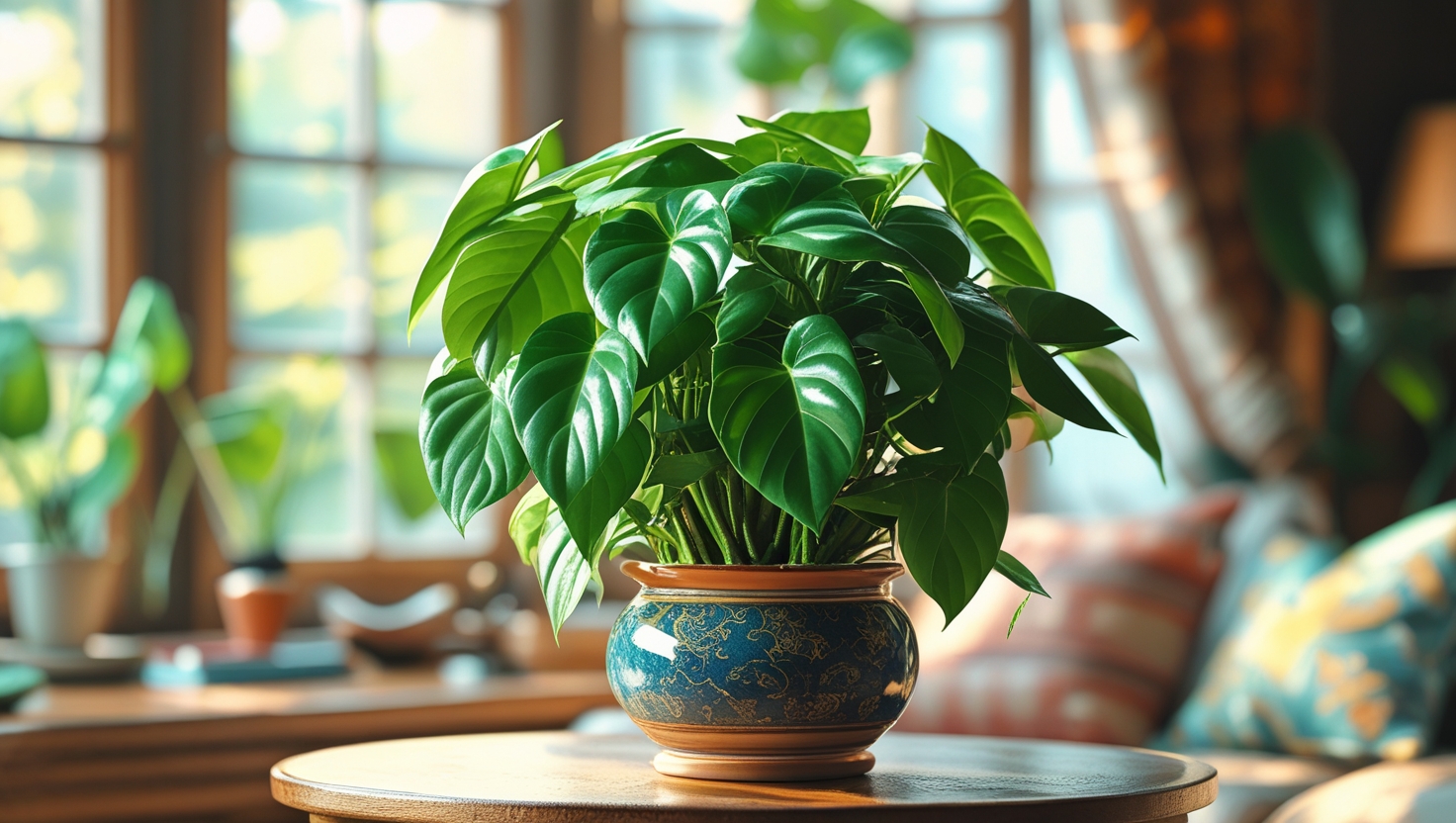Where Can I Buy a Healthy Money Tree Plant? The Complete 2025 Guide
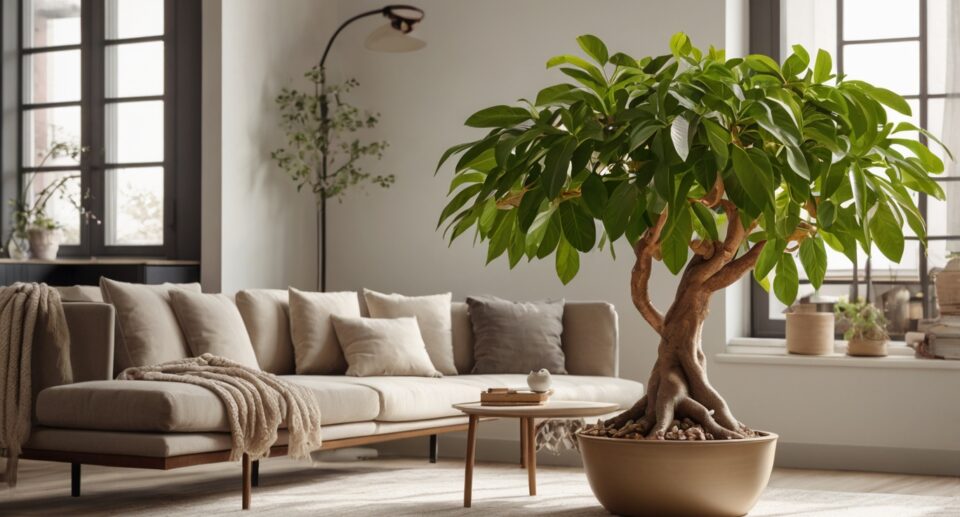
Are you asking yourself, “Where can I buy a money tree plant?” You’re not alone. With their braided trunks, vibrant green leaves, and reputation for bringing good luck and prosperity, money tree plants (Pachira aquatica) have become more popular than ever.
In this comprehensive guide, we’ll help you navigate where to find the healthiest money tree plants, whether you prefer shopping online or in-person. Plus, we’ll provide valuable tips on how to choose the best plant and take care of your new leafy companion for years of growth and prosperity!
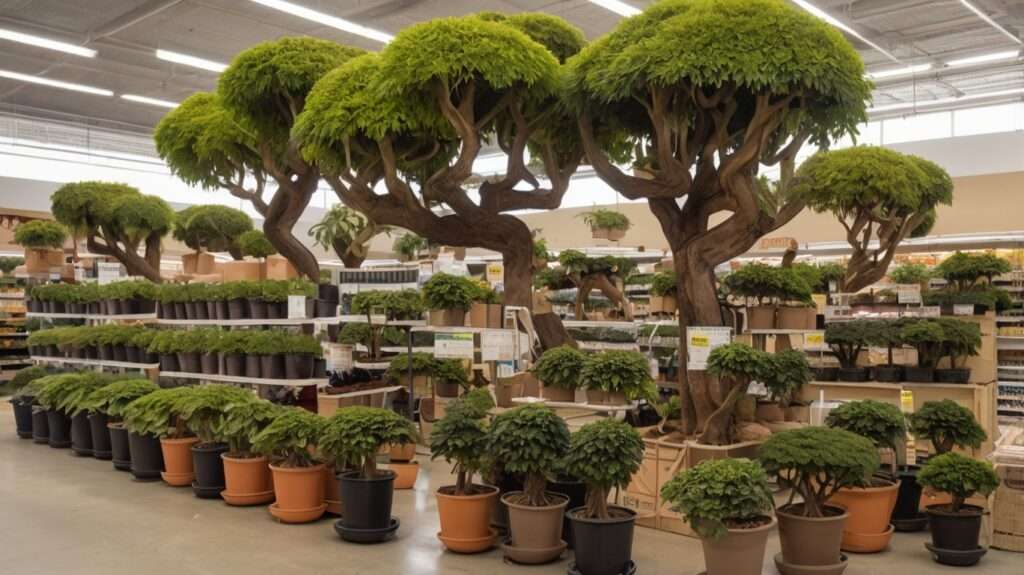
What is a Money Tree Plant?
Before we dive into where can I buy a money tree plant, it’s important to understand what makes this plant so special in the first place.
The money tree (Pachira aquatica) is a tropical plant originally from Central and South America. Beyond its beauty, it’s highly regarded in Feng Shui practices for symbolizing good fortune, prosperity, and positive energy.
Key Features of Money Tree Plants:
-
Braided trunks: Many money trees have their trunks artistically braided, symbolizing interconnectedness and unity.
-
Glossy green leaves: The leaves typically grow in clusters of five, which is considered lucky.
-
Adaptability: Money trees are very adaptable and thrive indoors under a variety of lighting and humidity conditions.
-
Indoor growth: With proper care, a money tree can grow to 6–8 feet tall indoors, making it a striking feature in any room.
Knowing a bit about the money tree’s background and symbolism can make choosing and caring for your plant even more meaningful.
Why Buy a Money Tree Plant?
Money trees aren’t just trendy — they offer real, lasting benefits that make them a great choice for any home or office:
Why Money Trees Are a Great Choice:
-
Low maintenance: Money trees are very easy to care for, making them perfect for beginners or anyone with a busy lifestyle.
-
Air-purifying qualities: Like many indoor plants, money trees can help clean and improve your indoor air quality by filtering out toxins.
-
Symbolic significance: In many cultures, money trees are symbols of good luck, prosperity, and positive energy. They make thoughtful gifts for housewarmings, weddings, and business openings.
-
Decor appeal: With their braided trunks and lush green leaves, money trees bring a fresh, exotic feel to any room and complement a wide range of décor styles.
Whether you want a plant that’s easy to care for, boosts your home’s air quality, or simply looks beautiful, a money tree is a smart, stylish choice.
Where Can I Buy a Money Tree Plant?
You’re here because you’re wondering: “Where can I buy a money tree plant?” Good news — there are many reliable options both online and offline.
Best Online Stores
Online shopping offers convenience, a broader selection, and sometimes better pricing. Here are some of the top-rated sites:
1. Bloomscape
-
Specializes in shipping mature, healthy plants
-
Offers detailed care guides
-
Eco-friendly packaging
2. The Sill
-
Trendy online plant store
-
Offers money trees in stylish pots
-
Good quality guarantee
3. Amazon
-
Wide range of sellers and prices
-
Read reviews carefully
-
Some prime options offer fast delivery
4. Etsy
-
Unique, handcrafted plant varieties
-
Directly support small businesses and growers
Pros of Buying Online:
-
Wide variety
-
Doorstep delivery
-
Easy price comparison
Cons:
-
No immediate inspection
-
Shipping stress on plants
Local Garden Centers and Nurseries
Buying your money tree plant locally has a big advantage: you can inspect the plant’s health in person before you make a purchase. This way, you can be sure you’re picking a strong, vibrant plant.
Tips for Buying at Local Stores:
-
Look for vibrant leaves and strong stems: Healthy plants will have bright green leaves and firm, upright stems.
-
Avoid plants with brown spots or droopy foliage: These signs could mean the plant is stressed, sick, or poorly cared for.
-
Ask the staff for care advice: Local garden center employees often have valuable tips about how to care for the plant in your specific climate.
Popular Nationwide Stores Where You Can Find Money Trees:
-
Lowe’s Garden Center
-
Home Depot Garden Section
-
Local independent nurseries
Shopping at these stores gives you the chance to find a money tree that’s healthy, affordable, and suited for success in your home.
Big Box Retailers
You might be surprised to learn that big box retailers like Costco, Walmart, and Target often sell money tree plants in their home and garden sections. These stores typically carry them seasonally, especially during the spring and summer months when demand for plants is highest.
Pro Tip:
When buying from big box stores, be sure to inspect the plant carefully. Since these stores aren’t specialized plant retailers, their plants may not always receive the best care. Look closely at the leaves, stems, soil, and overall condition to make sure you’re getting a healthy money tree.
Buying from these stores can be a budget-friendly option, but a quick inspection will help you avoid bringing home a plant that might already be struggling.
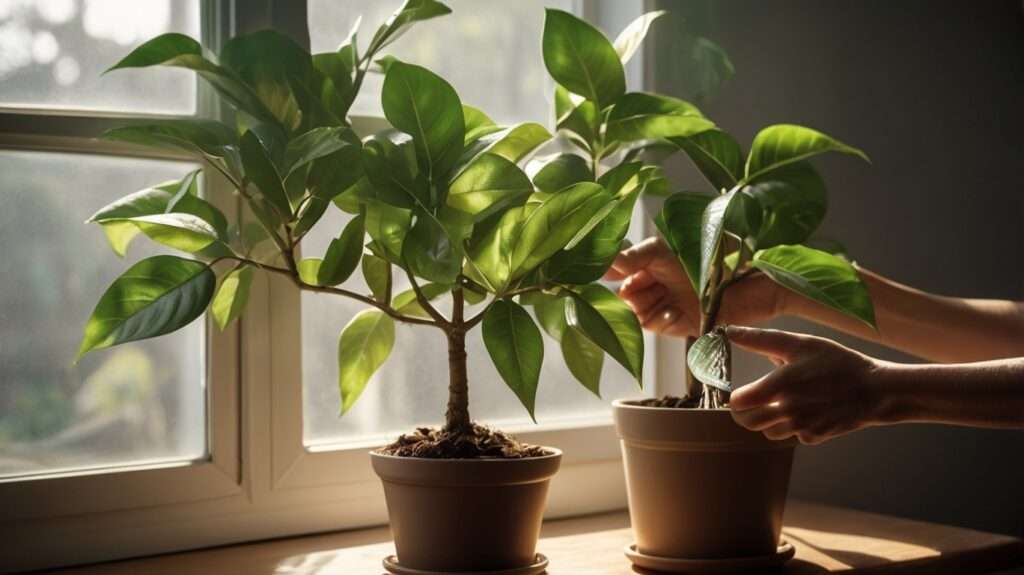
Farmers’ Markets and Plant Shows
When you’re thinking about where can I buy a money tree plant, don’t overlook local farmers’ markets or seasonal plant shows. These places often have small, independent growers who usually take more time and care in raising their plants compared to large commercial suppliers.
Benefits of Buying from Local Growers:
-
Healthier plants: Small growers typically give more attention to each plant, leading to stronger, better-quality money trees.
-
More personalized advice: Growers can offer firsthand tips on how to care for your plant because they’ve nurtured it themselves.
-
Support your local economy: Buying from local sellers helps strengthen your community by supporting small businesses and farmers.
Visiting these local events can not only help you find a thriving money tree but also give you a more personal and rewarding buying experience.
What to Look for When Buying a Money Tree
Not every money tree plant you find for sale will be in perfect condition. To make sure you choose a healthy one, here’s what you need to look for:
-
Healthy foliage: The leaves should be a vibrant, bright green without any yellowing, browning, or spots.
-
Firm stems: Gently touch the stems — they should feel firm and sturdy, not soft, mushy, or shriveled.
-
Braided trunk condition: If the plant has a braided trunk (which most do), make sure the braids are even and secure. Loose or tight braiding can affect the plant’s growth.
-
Root health: If you can see the roots (through the drainage holes or by carefully checking the top of the soil), they should not look crowded, rotten, or overly dry.
Quick Checklist Before You Buy Your Money Tree Plant:
-
🌿 Inspect the leaves and stems closely for any signs of damage or disease.
-
🌿 Check that the pot has proper drainage holes to prevent water buildup.
-
🌿 Ask the seller about the plant’s care history — especially watering habits — to know how it’s been treated.
Following this checklist will help you pick a strong, healthy money tree that will thrive once you bring it home.
Average Costs of Money Tree Plants
Pricing varies depending on the size, age, and vendor.
| Plant Size | Price Range |
|---|---|
| Small (6–10 inches) | $15–$30 |
| Medium (2–3 feet) | $40–$100 |
| Large (5–6 feet) | $120–$300+ |
Additional costs to consider:
-
Decorative pots
-
Delivery fees
-
Soil and fertilizers
Common Mistakes When Buying a Money Tree Plant
To really get the best value when you buy a money tree plant, it’s important to avoid some common mistakes:
-
Impulse buying: Don’t just grab the first money tree you see. Always check the plant’s health — look at the leaves, stems, and soil carefully before buying.
-
Overpaying for small or weak plants: Make sure the size and condition of the plant match the price. Sometimes sellers charge too much for a young or poorly cared-for plant.
-
Not checking the return policy: If you’re buying online, always read the return or refund policy. That way, if the plant arrives damaged or unhealthy, you can send it back or get a replacement.
-
Ignoring the plant’s needs: Money trees need bright, indirect light to thrive. If you place them in the wrong spot, they can quickly become weak and unhealthy.
By avoiding these mistakes, you’ll have a much better chance of bringing home a strong, beautiful money tree that will grow happily for years to come!
Money Tree Care Tips for Beginners
Once you know the answer to “where can I buy a money tree plant,” the next important step is learning how to care for it properly so it stays healthy and thriving.
Here are some basic care guidelines you should follow:
-
Light: Place your money tree in a spot where it gets bright, indirect sunlight. Too much direct sunlight can scorch its leaves.
-
Watering: Only water the plant when the top layer of soil feels dry. Overwatering is one of the biggest dangers and can cause root rot.
-
Humidity: Money trees love moderate to high humidity. If your home is dry, consider misting the plant or placing it near a humidifier.
-
Fertilizer: Feed your money tree once a month during its growing seasons (spring and summer) with a balanced houseplant fertilizer.
Common care mistakes to avoid:
-
Overwatering: This leads to root rot, which can seriously harm or kill your plant.
-
Cold drafts: Money trees are sensitive to cold air, so keep them away from doors, windows, or air conditioners.
-
Pest problems: Watch out for pests like spider mites. Catching infestations early keeps your plant healthy.
Quick Money Tree Care Tips to remember:
-
Rotate your plant every week to make sure it grows evenly toward the light.
-
Wipe the leaves with a damp cloth now and then to remove dust and help it breathe.
-
Re-pot your money tree every 2 to 3 years to refresh the soil and give its roots more space to grow.
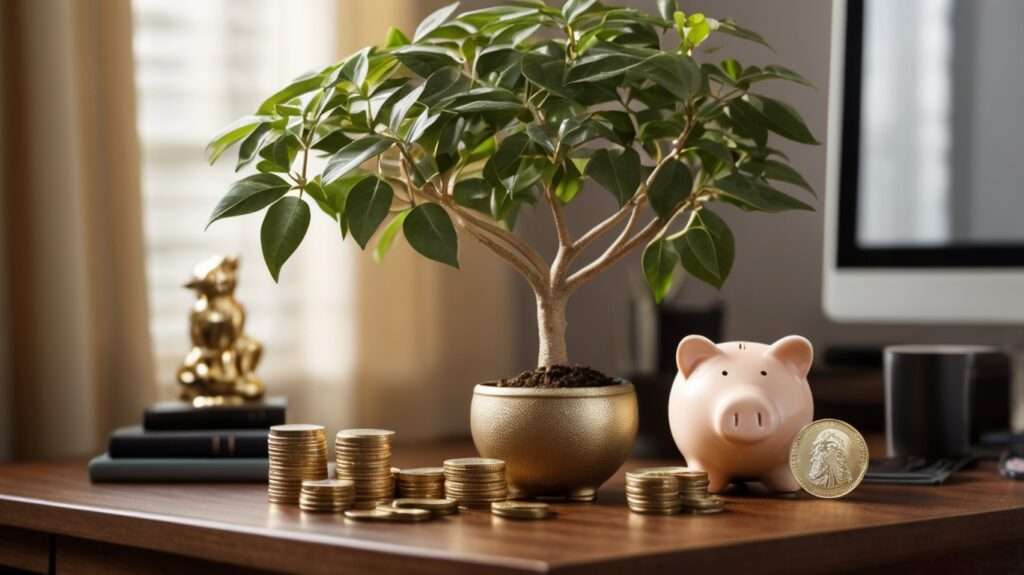
Frequently Asked Questions
How long does a money tree plant live?
With proper care, a money tree can live 10–15 years or even longer indoors!
Can I grow a money tree from a cutting?
Yes! Money trees can be propagated via stem cuttings, though it requires patience and proper technique.
Is the money tree plant toxic to pets?
Good news — the money tree is non-toxic to cats and dogs according to the ASPCA.
Conclusion
By the end of the article, you should now know exactly where you can buy a money tree plant. Whether you like the ease of shopping online or prefer to see the plant in person before buying, there are lots of good options available.
Here’s a quick summary:
-
Online stores like Bloomscape and The Sill are great if you want high-quality, healthy money trees delivered right to your home.
-
Local nurseries are a smart choice if you want expert advice and the ability to personally inspect the plants before buying.
-
Big box stores (like Walmart or Home Depot) and farmers’ markets offer more affordable money tree plants, though you might need to check the plants’ health more carefully.
Finally, picking out your money tree plant is just the first step. Taking care of it properly will help you enjoy a more beautiful, greener, and even luckier home environment.
Click the link below to buy “FLOWER Retro Wooden Stand Plant Terrarium with 3 Bulb Glass Vases for Hydroponic Home & Office Décor”

“Click the link below to buy “6-inch modern ceramic planter with glaze, drainage hole, and saucer for indoor & outdoor plants.”
